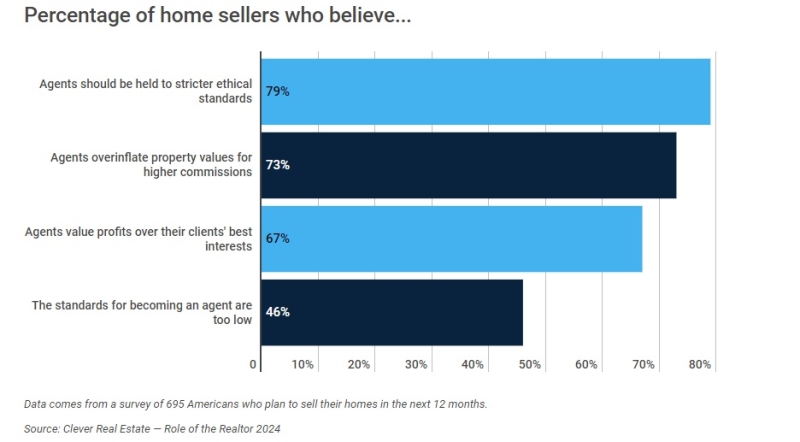Advertisement
Freddie Mac outlook: The job market’s impact on households and businesses

The employment report for October was a stark reminder of the costs that the recession is imposing on U.S. workers and households. Non-farm payrolls fell 190,000, a bit worse than consensus expectations and continuing to paint a bleak picture of job prospects. The unemployment rate jumped nearly a half-percentage point, to 10.2 percent, the highest since mid-1983. A broader measure of underemployment that includes part-time workers, discouraged workers and people marginally attached to the labor force is even higher, rising to 17.5 percent.
The sharp cuts in payrolls, however, have also allowed firms to slash their labor costs. The day before the U.S Department of Labor published the October employment report, it released statistics on productivity and costs for the third quarter. Productivity surged at an astounding 9.5 percent annual rate. While output was up 4.0 percent, employee hours worked fell; the resulting productivity improvement reduced unit labor costs by 5.2 percent. While job cuts have had severe consequences for US households, as discussed above, they are also contributing to a dramatic turnaround in the financial position of U.S. businesses.
These labor savings are already showing up in corporate bottom lines. Eighty percent of S&P 500 firms reported positive earnings surprises in the third quarter, far above the historical average of around 60 percent, while only 13 percent missed their target. Many firms are reluctant to boost spending at the present time–recent news reports tell of businesses sitting on their cash cushions until demand improves further–but they will be in a better position to resume hiring and capital spending when sales do pick up. Federal Reserve Flow of Funds data through 2009:Q2 confirm that aggregate corporate cash holdings are high and that firms have paid down short-term debt. In past business cycles, the need to repair corporate balance sheets has usually been a significant drag on economic recovery; in the not-too-distant future, the corporate sector will help facilitate economic recovery.
And indeed, there are already signs that business activity is picking up. Manufacturing output has risen three months in a row, with average monthly gains of more than one percent. Even with these increases, current production levels are still well below sales, resulting in inventory liquidation in the third quarter at a $130 billion annual rate. This reduction in inventories is trimming what had been bloated levels early in the recession, and recent trends are bringing inventories back in line with sales. Just to stem the runoff and stabilize inventories at a reasonable level will require an increase in manufacturing production of 15 percent or more. Industry surveys indicate that most firms are in fact planning such increases. The production component of the November ISM Survey of manufacturers rose to 63.3, the highest since 2004 (50 is the dividing line between expanding and declining production). As output rises, firms will need to hire workers to man the extra shifts needed to produce these goods; in past business cycles this has been the start of a virtuous cycle that leads to rising employment, higher incomes, increased spending … and ultimately the economy running on all cylinders again.
These production and employment dynamics are the underpinnings of our forecast that calls for a modest housing market recovery. Specifically, we are expecting a 13 percent increase in total one-family detached home sales to 5.5 million units in 2010, still below 2007’s level, as buyers come out hunting for bargains. We are also expecting housing starts to reach about 800,000 units next year, which equates to a 42 percent increase but also the second lowest level of construction activity since 1946 and still 100,000 units shy of 2008 levels.
There are, of course, many risks to the still-fragile recovery in housing, most notably the heavy inventory of foreclosures in the pipeline that are expected to eventually flow to REO, as well as the high rental vacancy rate. The likely increase in sales of distressed properties, whether from REO or short sales, is expected to keep national home price indexes depressed through 2010, albeit with significant variation in home value performance across metropolitan areas. Those local markets with relatively large excess supply and weak economic fundamentals will likely experience further home value declines, while local markets with a more favorable housing supply-demand balance and a stronger economy may experience stable to rising values over the coming year.
For more information, visit www.freddiemac.com.
About the author





